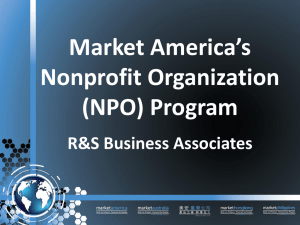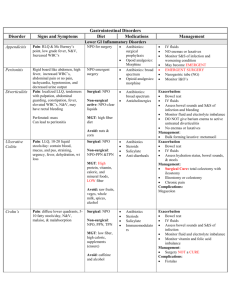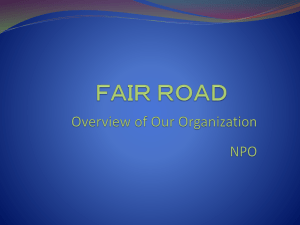under-or over
advertisement
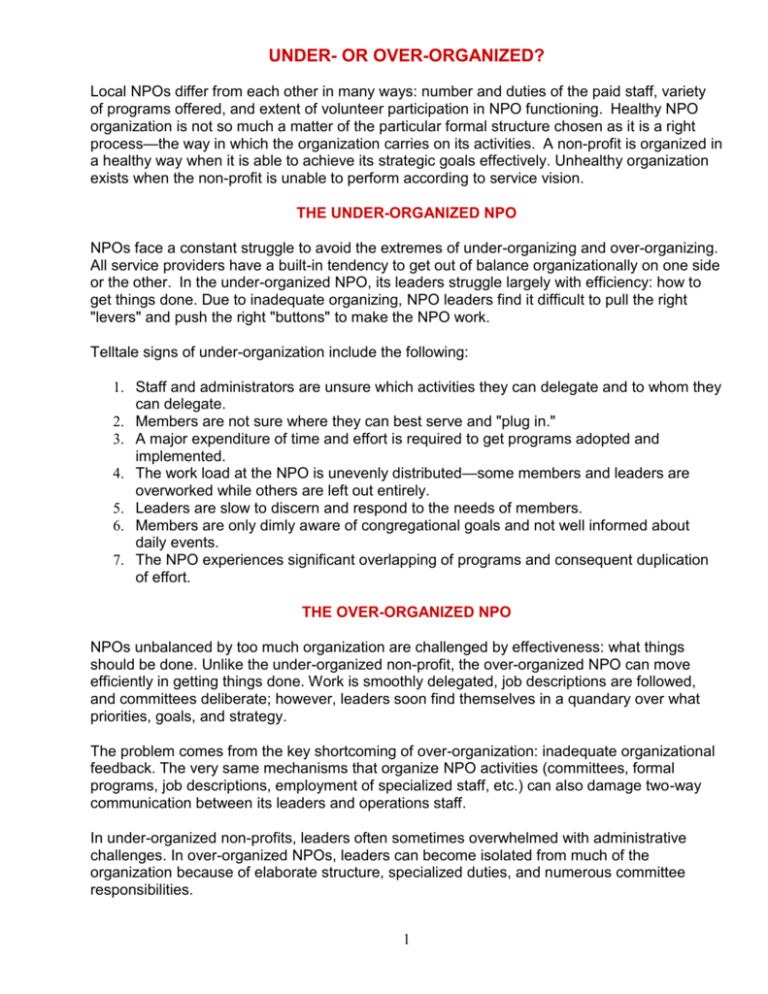
UNDER- OR OVER-ORGANIZED? Local NPOs differ from each other in many ways: number and duties of the paid staff, variety of programs offered, and extent of volunteer participation in NPO functioning. Healthy NPO organization is not so much a matter of the particular formal structure chosen as it is a right process—the way in which the organization carries on its activities. A non-profit is organized in a healthy way when it is able to achieve its strategic goals effectively. Unhealthy organization exists when the non-profit is unable to perform according to service vision. THE UNDER-ORGANIZED NPO NPOs face a constant struggle to avoid the extremes of under-organizing and over-organizing. All service providers have a built-in tendency to get out of balance organizationally on one side or the other. In the under-organized NPO, its leaders struggle largely with efficiency: how to get things done. Due to inadequate organizing, NPO leaders find it difficult to pull the right "levers" and push the right "buttons" to make the NPO work. Telltale signs of under-organization include the following: 1. Staff and administrators are unsure which activities they can delegate and to whom they can delegate. 2. Members are not sure where they can best serve and "plug in." 3. A major expenditure of time and effort is required to get programs adopted and implemented. 4. The work load at the NPO is unevenly distributed—some members and leaders are overworked while others are left out entirely. 5. Leaders are slow to discern and respond to the needs of members. 6. Members are only dimly aware of congregational goals and not well informed about daily events. 7. The NPO experiences significant overlapping of programs and consequent duplication of effort. THE OVER-ORGANIZED NPO NPOs unbalanced by too much organization are challenged by effectiveness: what things should be done. Unlike the under-organized non-profit, the over-organized NPO can move efficiently in getting things done. Work is smoothly delegated, job descriptions are followed, and committees deliberate; however, leaders soon find themselves in a quandary over what priorities, goals, and strategy. The problem comes from the key shortcoming of over-organization: inadequate organizational feedback. The very same mechanisms that organize NPO activities (committees, formal programs, job descriptions, employment of specialized staff, etc.) can also damage two-way communication between its leaders and operations staff. In under-organized non-profits, leaders often sometimes overwhelmed with administrative challenges. In over-organized NPOs, leaders can become isolated from much of the organization because of elaborate structure, specialized duties, and numerous committee responsibilities. 1 Isolation of leaders can all too easily produce a "we-know-what’s-best-for-you" mentality, as well-organized committees and task groups develop NPO policy with little input from the grassroots membership level. Expectations sometimes develop for leaders to "run the NPO" for its members. Additional characteristics of the over-organized service organization are: 1. Reliance on written, rather than face-to-face, communication. 2. Communication gaps between programs and lack of interaction between leaders ("specialization barriers"). 3. Meetings are carefully orchestrated with minimal staff participation--something done to members rather than something members do. 4. Planned programming dominates organizational life with little room for spontaneity. 5. Leaders are valued primarily for how well they perform their specialized functions rather than for who they are. THE FACILITATING NPO In service organizations with a balanced organization, leaders equip members for service responsibilities. In the facilitating NPO, staff and volunteers alike have actively interact with clients. Leaders determine the NPO’s unique vision. Team members expect to serve rather than be served. Facilitating NPOs also place a high priority on enabling team members to discover and practice their diverse professional skills. The organization is not viewed as an impersonal institution (a collection of people, assets, and resources) but as an idealistic community knit together by common purposes and commitments. BASIC PRINCIPLES OF HEALTHY ORGANIZATION Harmony. Organization activities in the local NPO must promote and enhance unity and harmony: A balance must be maintained between organization effectiveness (what to do) and efficiency (how to do it). NPO leaders should be concerned about the needs of NPO members and with enabling other NPO members to meet these needs. The NPO’s formal programs must be organized and managed in a personalized way by NPO member involvement, face-to-face communication, and NPO staff members who are available and approachable. As service organizations expand, leaders must not allow the growing array of programs and services to become isolated from the grassroots organization. Leaders must resist the tendency to stay in the “driver’s seat” and instead equip staff and volunteers to become significant organizational stakeholders. Diversity. The NPO must be organized in a way that makes room for diverse personalities, gifts, and perspectives. Diversity can be promoted in several ways: 2 Over-organization must be avoided with its dangers of impersonal programming, streamlined inefficiency. Great emphasis must be placed on communication and interaction as ways to encourage diversity, yet preserve unit of purpose. The NPO leadership team must carefully define the community’s mission, priorities, and goals and then actively role model these on a daily basis. Enabling. Organizational stakeholders should use their diverse professional and personal gifts fruitfully by: Building themselves into staff and volunteers and providing opportunities for them to use their expanding capabilities in serving clients. The NPO’s leadership base must grow as the membership grows. Accountability. Members of the NPO should be hold one another accountable for maintaining the organization’s core values at all times in all situations: NPO leaders should be held accountable both for what they do or attempt to do (effectiveness) and for how they do things (efficiency). Leaders must lead in a people-oriented manner and not become isolated and impersonal. Leaders must be held accountable for the growth and maturity of the serving organization and its diverse members. Few elements of NPO management are as practical as organization. Healthy organization makes it easier for the NPO to excel—more results with less energy expended. Ultimately NPO organization is the foundation of NPO success. 3

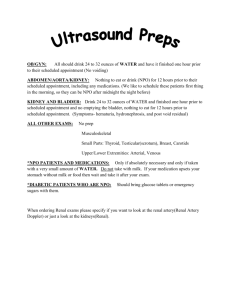
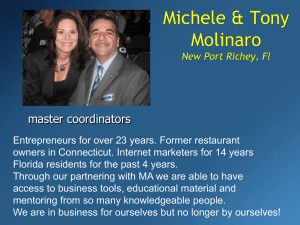
![Crisis Communication[1] - NorthSky Nonprofit Network](http://s2.studylib.net/store/data/005428035_1-f9c5506cadfb4c60d93c8edcbd9d55bf-300x300.png)
